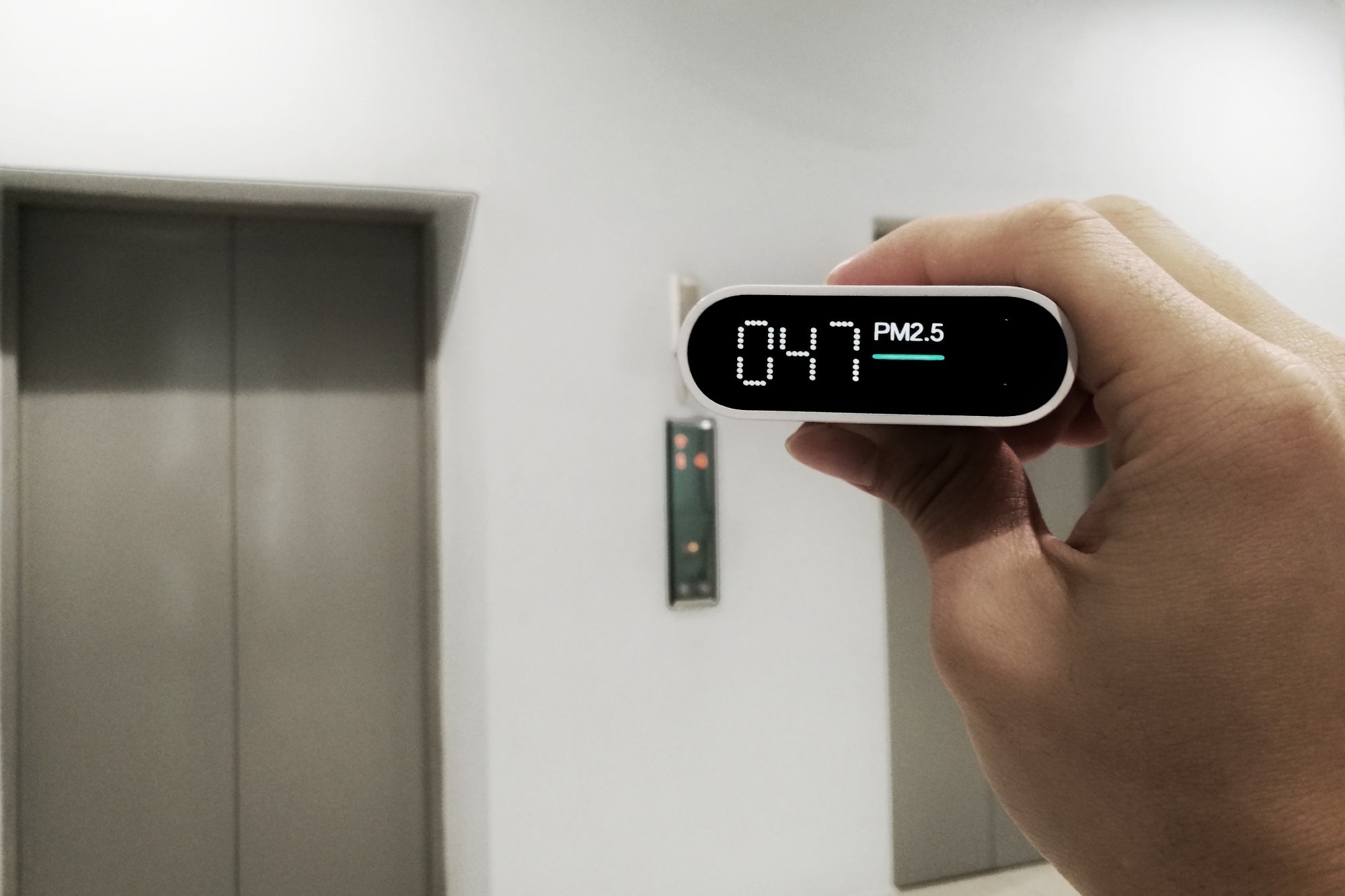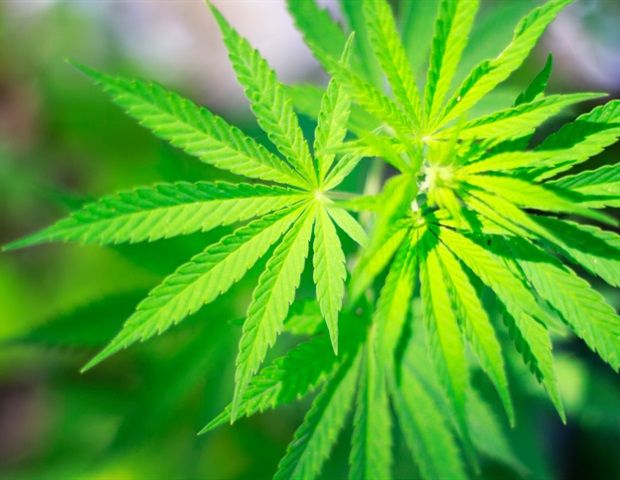In a recent study published in Nature Medicine, researchers examined disparities in mortality rates by ethnicity, race, educational attainment, social vulnerability, and rurality, ascribed to differences in susceptibility and exposure to particulate matter up to 2.5 millimetres in diameter (PM2.5).
 Study: Disparities in air pollution attributable mortality in the US population by race/ethnicity and sociodemographic factors. Image Credit: Chim/Shutterstock.com
Study: Disparities in air pollution attributable mortality in the US population by race/ethnicity and sociodemographic factors. Image Credit: Chim/Shutterstock.com
Background
Race, ethnicity, education, rural location, and socioeconomic vulnerability impact premature mortality in the United States. Despite increases in life expectancy, discrepancies exist among races and socioeconomic levels.
Air pollution, especially exposure to PM2.5, increases premature mortality risk worldwide, including in the United States. Since the 1970 Clean Air Act, federal environmental measures have addressed these discrepancies and their consequences for environmental justice.
Structurally poor populations are more vulnerable to the negative health impacts of air pollution, which is known as environmental justice double jeopardy.
About the study
In the present study, researchers estimated the impact of exposure to PM2.5 on educational, racial, ethnic, regional, and social vulnerability index (SVI)-related mortality disparities in the United States.
The researchers analyzed PM2.5 pollution estimates, census tract-level concentration-response functions (CRFs), population-level data, and county-level death data from the United States National Vital Statistics System.
They used race/ethnicity classification to represent the long-term and systemic effects of political, historical, and economic institutions, social conceptions, and environmental racism. The primary analysis used a 2017 CRF, derived from a large population sample of US counties from 2000 to 2012, applied to individuals aged ≥25 years.
The researchers compared the findings to those from two earlier uniform CRFs for the US population. They used demographic subgroups such as race/ethnicity, education group, rurality level, socioeconomic position, household characteristics, minority racial/ethnic status, the SVI, and dwelling type and transportation.
The National Center for Health Statistics (NCHS) mortality estimates used resident death certificates. The team ascertained the cause of mortality using the International Classification of Diseases, ninth revision (ICD-9) and ICD-10 codes.
The study used the United States Census and bridged-race NCHS estimates to determine age-standardized death rates. They assigned each county in the dataset a rurality level based on the United States Census Bureau’s educational attainment standards.
They determined socioeconomic status (SES) using the Centers for Disease Control and Prevention (CDC) Agency for Toxic Substances and Disease Registry.
The researchers classified counties based on household characteristics, minority racial/ethnic status, housing and transportation variables, and the CDC’s social vulnerability index (SVI).
They used an existing model to produce annual average estimates for all US states’ PM2.5 concentrations on 0.90 km by 1.10 km grids. The model included ground-based data, chemical transfer modeling, and satellite remote sensing.
Results
Between 1990 and 2016, the team observed consistently more statistically significant variations in mortality from PM2.5 exposure by ethnicity and race than by educational attainment, SVI, or rurality, with Black Americans accounting for the highest percentage of fatalities caused by PM2.5 exposure.
In the 2000-2011 period, the model estimated that PM2.5 accounted for more than 50% of the disparities in age-adjusted fatalities between Black Americans and Whites of non-Hispanic ethnicity. From 2000 to 2015, the disparity reduced marginally, from 53% to 50%.
In 2016, 0.80% of census-level tracts and 0.90% of the US population had annual average PM2.5 concentrations over 12 micrograms per cubic meter, the legal level established by the National Ambient Air Quality Standard (NAAQS).
Black Americans had the highest mean population-weighted levels of PM2.5 exposure (9.4 micrograms per cubic meter). The study found that PM2.5-related mortality fell from 79 to 12 in 2016, with Black Americans observing the highest decline.
However, these gains were not apparent due to the higher beginning point for PM2.5-related mortality rates compared to other races and ethnicities.
The proportion of discrepancy in mortality estimates that the disparities in PM2.5 susceptibility and exposure between races and ethnicities can explain was found to be lower for Latino or Hispanic Whites, Pacific Islanders or Asians, and Alaska Natives or American Indians than for non-Hispanic Whites.
Disparities in mortality related to exposure to PM2.5 by educational attainment were more significant among those with high socioeconomic positions.
Conclusions
The study shows that while air quality improvements in the United States have reduced PM2.5-related mortality for all subpopulations, disparities continue between various groups, notably among races and ethnicities.
Between 2000 and 2011, the model estimated that PM2.5 accounted for over 50% of the differences in mortality between non-Hispanic Whites and Black Americans.
The findings indicate that using race/ethnicity-specific CRFs in future health impact studies will guarantee that air quality measures successfully protect vulnerable subpopulations and alleviate health disparities in the United States.
The study also finds significant regional variations in PM2.5-related mortality among US counties, underscoring the significance of developing tailored interventions to alleviate health inequities caused by air pollution.









